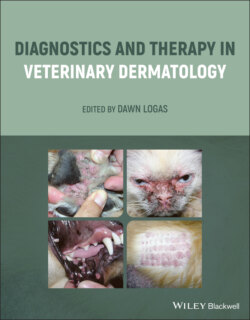Читать книгу Diagnostics and Therapy in Veterinary Dermatology - Группа авторов - Страница 49
Radioimmunoassays
ОглавлениеRIA provides excellent sensitivity with a small sample size. Limitations of RIA include the specialized equipment needed, expense, the special handling and disposal of the radioactive isotopes used, along with decreased specificity. RIA detects minute amounts of antigen in a sample by using the concept of competitive binding, in which unlabeled antigen displaces radiolabeled antigen within an immune complex. In other words, as the concentration of unlabeled antigen from the patient increases, more of it binds to the antibody and displaces the labeled antigen. Then the amount of free labeled antigen is measured.
Different RIAs exist for the detection of both antigens and antibodies. These assays are also excellent for detecting small quantities of drugs and hormones in the blood. Some of the original serologic allergy tests created were radioallergosorbent tests (RAST) (Dolen 2001). RAST measure allergen‐specific immunoglobulin (Ig) E in the serum of atopic animals via a two‐step method. The animal's serum is first applied to antigen‐impregnated cellulose disks, then the disks are washed with radiolabeled anti‐IgE solution. IgE is quantified by the degree of radiolabeling measured. Over time, allergy testing in dogs and cats transitioned to ELISA modalities for the measurement of allergen‐specific IgE to avoid the use radioactive compounds.
